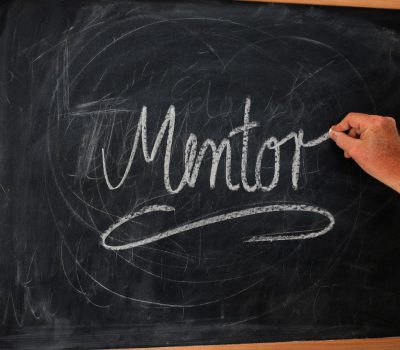


Our team sorts through all blog submissions to place them in the categories they fit the most - meaning it's never been simpler to gain advice and new knowledge for topics most important for you. This is why we have created this straight-forward guide to help you navigate our system.
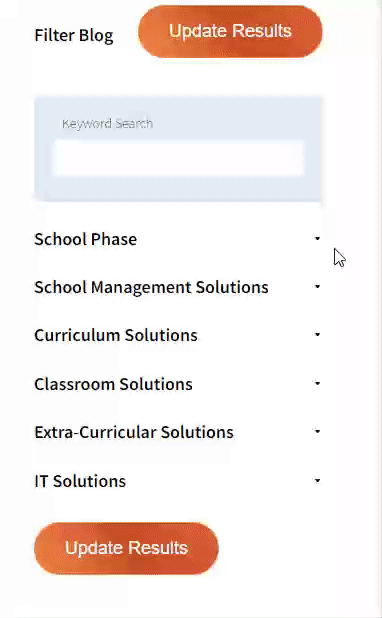

And there you have it! Now your collection of blogs are catered to your chosen topics and are ready for you to explore. Plus, if you frequently return to the same categories you can bookmark your current URL and we will save your choices on return. Happy Reading!
A science-based initiative to mitigate children’s long term stress, decrease bullying and teach respect and consent.
Gemma Clark shares what she learned about peer massage.

As we continue to adapt to these strange and ever-changing times brought on by the Covid 19 pandemic, it is an ideal time to incorporate peer massage into your daily class routine. This may sound like quite a radical idea, but the Massage in Schools Programme is undoubtedly the best CPD I have ever done in my career. Peer massage programmes are arguably one of the least known but most effective wellbeing initiatives for the primary and early years settings. Teachers who train in peer massage programmes learn to guide children through a simple routine. These routines involve doing ‘bunny hops’ on the palm of their partner’s hand or doing a ‘bear walk’ with their hands on their back. The massage is done on ‘safe’ areas of the body (back, neck, head, arms, shoulders and hands) and one of the most crucial elements is that the children must ask permission before massaging a friend. Every child is always free to say yes or no. This in itself is an important lesson in respect and consent.
As well as peer massage’s great potential for creativity and building language skills (my classes have developed their own Halloween, Christmas and Bonfire Night massage stories and routines), this scientifically-backed approach (http://www.misa-usa.com/wp-content/uploads/2011/07/TRI-ÉTUDES-SC.pdf), offers a wealth of health and wellbeing benefits which are invaluable in the current situation.
The last two years have undoubtedly been a highly stressful time for everyone in education. When we are stressed, our bodies release the hormone, cortisol which shuts down body systems that aren’t required while we are in a fight or flight state (such as the digestive system). Prolonged, heightened cortisol levels can eventually inhibit the immune system (making us more vulnerable to viruses). Massage is proven to reduce cortisol levels and increase our oxytocin levels. Oxytocin is a feel-good hormone which is linked to relaxation and pro-social behaviours (learning about the effects of these hormones can make an interesting science lesson).

Studies have shown (https://onlinelibrary.wiley.com/doi/abs/10.1111/j.1651-2227.2008.00919.x ), that schools who use peer massage programmes report improved social cohesion among pupils, decreased bullying and children being calmer and more relaxed. Once the children have learned a simple massage routine it takes only 10 minutes a day. The time invested pays itself back as children become increasingly more settled, relaxed and therefore ready to learn. Peer massage activities can be a useful tool to help children settle after lunch break or to help them to deal with a lesson that may cause them anxiety (‘maths anxiety’ for example is becoming something more documented and recognised). Most importantly, children who choose to participate enjoy the activities and will often say that they feel better and sleep better at night.
As children face the continuing disruption of the pandemic, soaring inflation and worry about the Ukraine invasion, peer massage is an intervention that can help mitigate some of the chronic stress that children are experiencing. Massage routines have been successfully adapted to be ‘Covid safe’, with many schools running a risk assessed and slightly adjusted version of their programmes (for example, children using hand sanitiser before and after massage and only doing strokes on the back of the body to avoid face to face contact). Nothing has been normal during Covid-19, but we can use this as an opportunity for outside-the-box thinking and to consider different approaches in improving children’s physical and mental health.
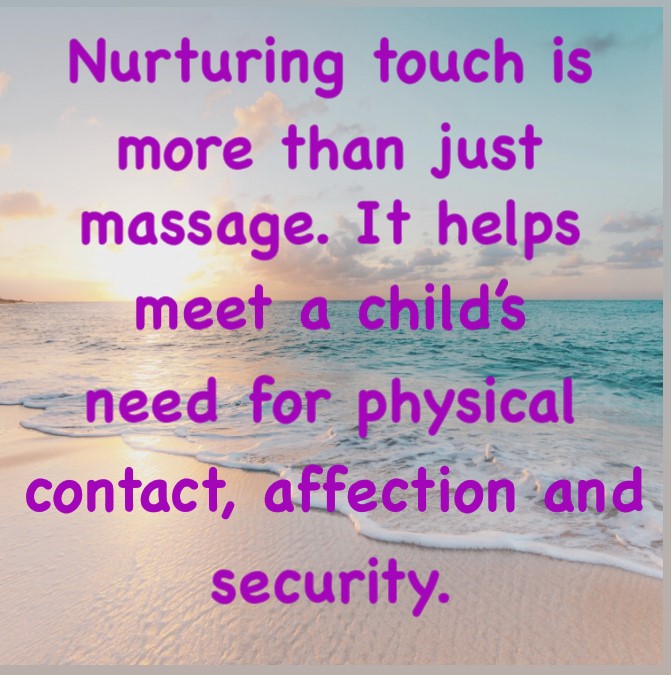

The author

Read more
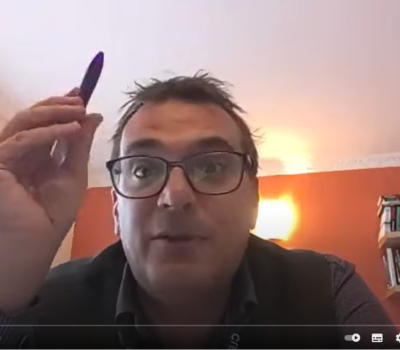
Read more
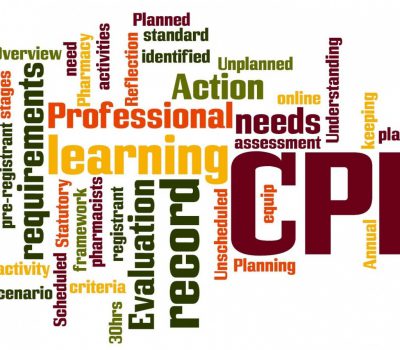
Read more
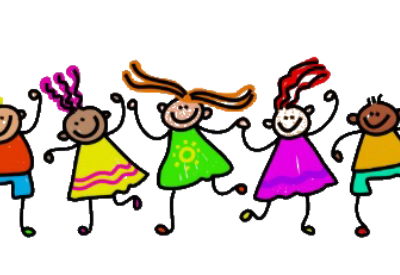
Read more
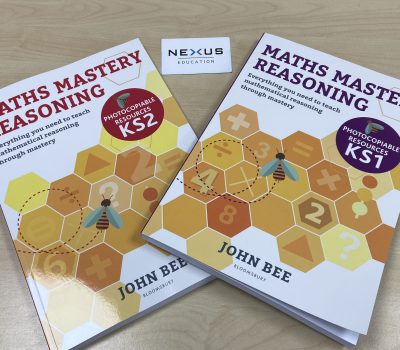
Read more

Read more
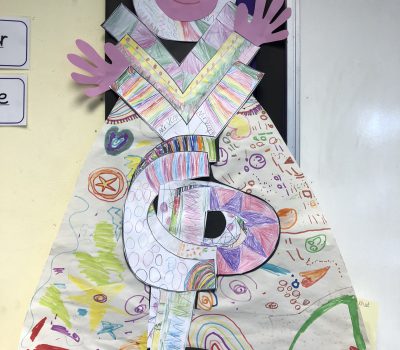
Read more
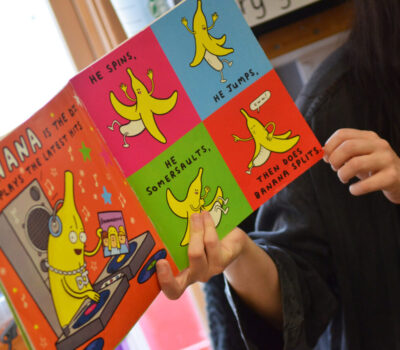
Read more


Are you looking for solutions? Let us help fund them! Nexus Education is a community of over 11,000 schools that come together to share best practise, ideas and CPD via online channels and free to attend events. Nexus also offers funding to all school groups in the UK via nexus-education.com

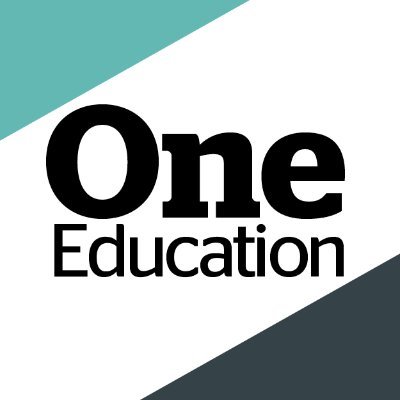
Established in 2011, One Education is a company at the heart of the education world, supporting over 600 schools and academies. Our unique appeal as a provider is in the breadth and synergy of the services we offer, supporting school leaders, teachers and support staff to achieve the best possible outcomes for their pupils and staff.
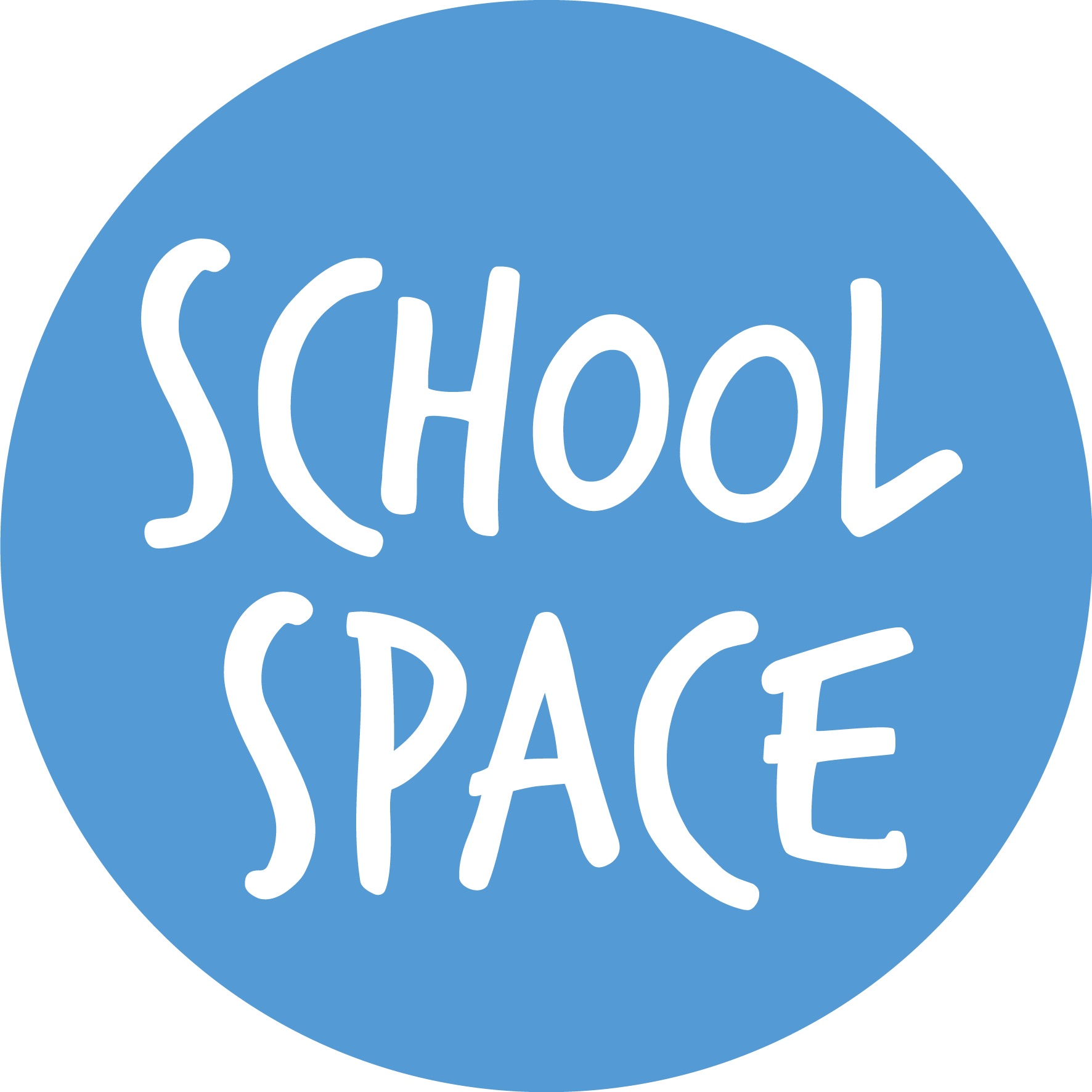
School Space is a social enterprise that has empowered schools for over 12 years through their profitable and hassle-free lettings services. So far, they’ve generated over £5 million in revenue for education, helping to connect over 200 schools with their local communities.


Operoo is a school operations and productivity platform. We help thousands of schools and trusts to eliminate slow, expensive and repetitive tasks. Operoo helps schools streamline and digitise processes, drastically reducing the associated costs: From student pre-admissions, permission forms, payments, and school trips; to medical information and emergency contacts, incident reporting, staff agreements, and more in over 100 languages.


Unify is an online sales and marketing tool that allows users to create tailored personalised documents in moments.

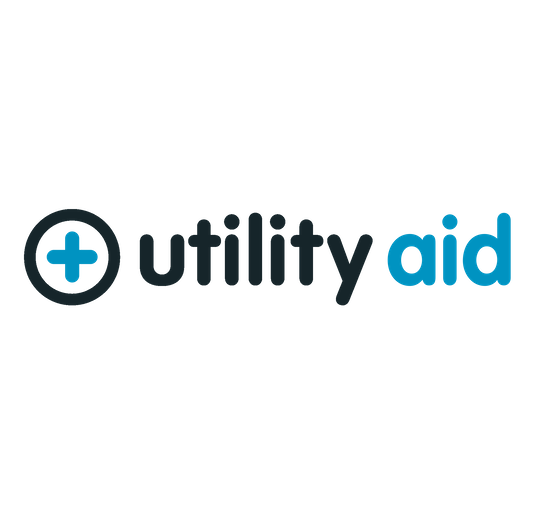
There’s nothing special about the energy we sell. In fact, it’s exactly the same energy as all our competitors provide. But there is something special about the way we do it. Where others complicate the process, we simplify it. Where others confuse customers with hidden terms, we’re an open book. And where others do all they can to make as much money from their customers as possible, we do all we can to make as little. Everything we do, we do it differently. Our customers are a privilege. One we’ll never take advantage of.


Securus provide market-leading monitoring solutions to safeguard students on ALL devices both online and offline. We also offer a full monitoring service, where we carry out the monitoring on behalf of the school, freeing up valuable staff resources. From the smallest school to large MAT groups, Securus offers safeguarding protection for all!

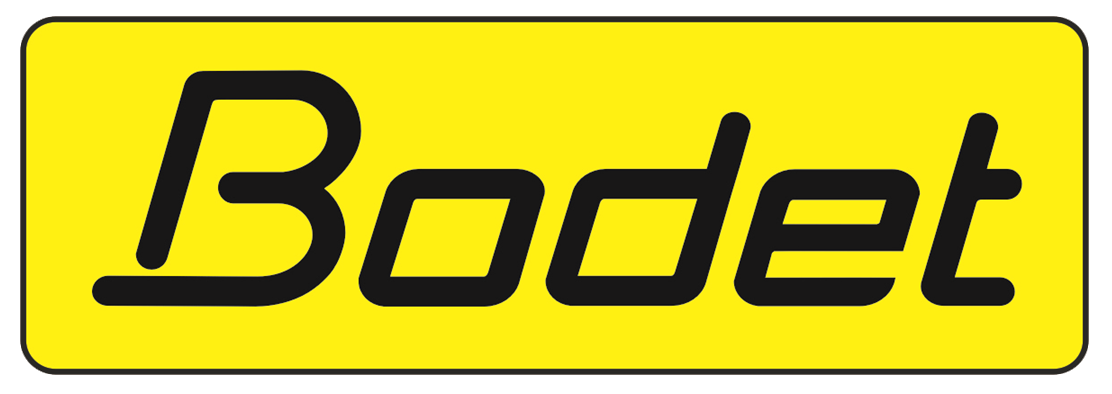
As European leaders of Time Management Solutions, Bodet offer Lockdown, Clock, Bell & PA Systems. Harmonys, our five-in-one IP/PoE Bell System, provides a unique customisable lockdown or panic alarm alert. Melodys, a Wireless Bell System, is useful where wiring can be difficult.